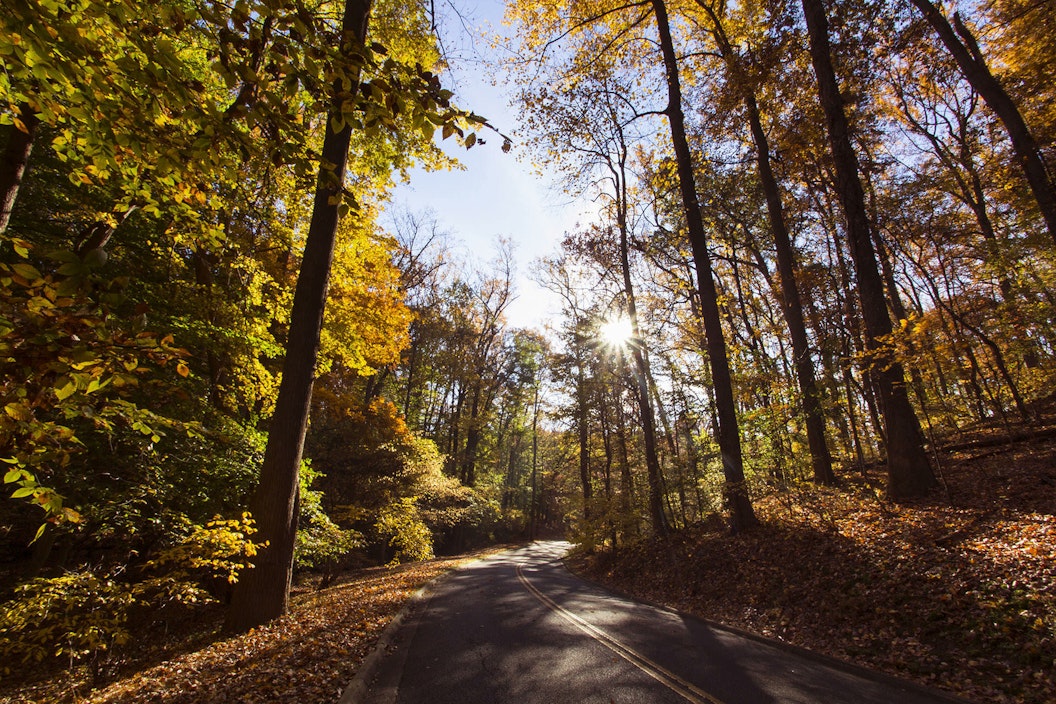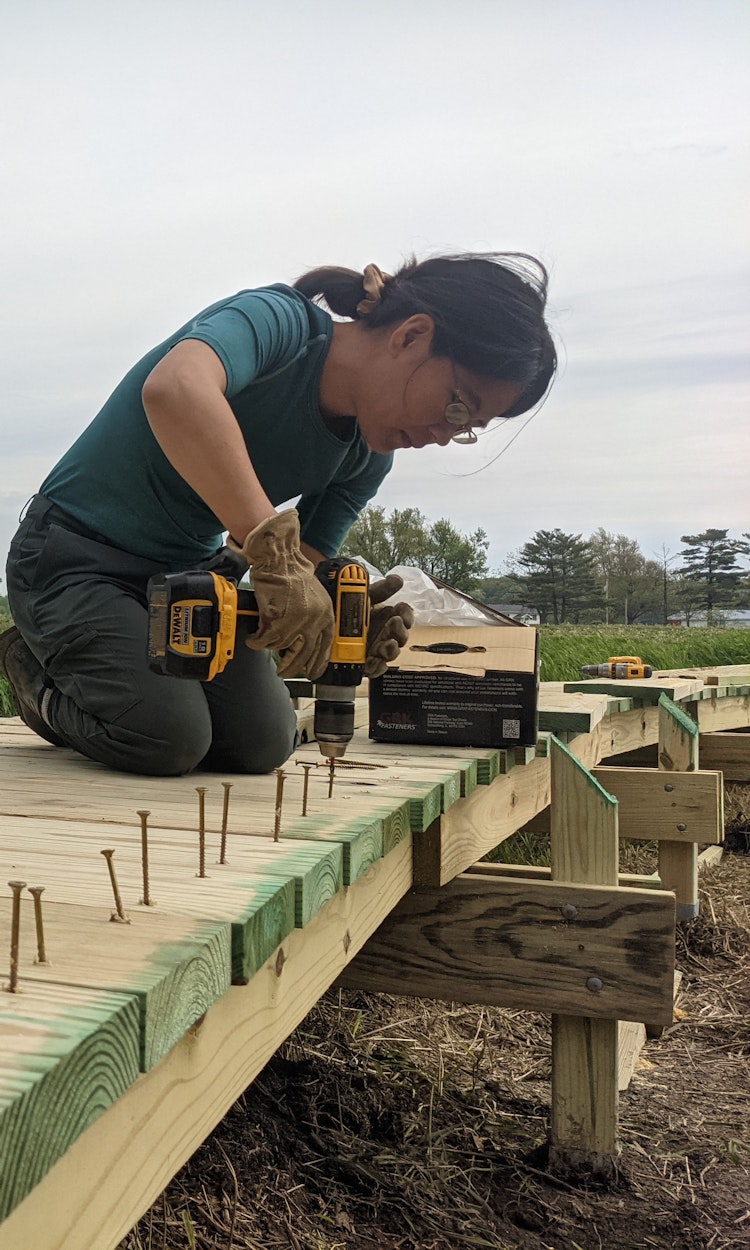
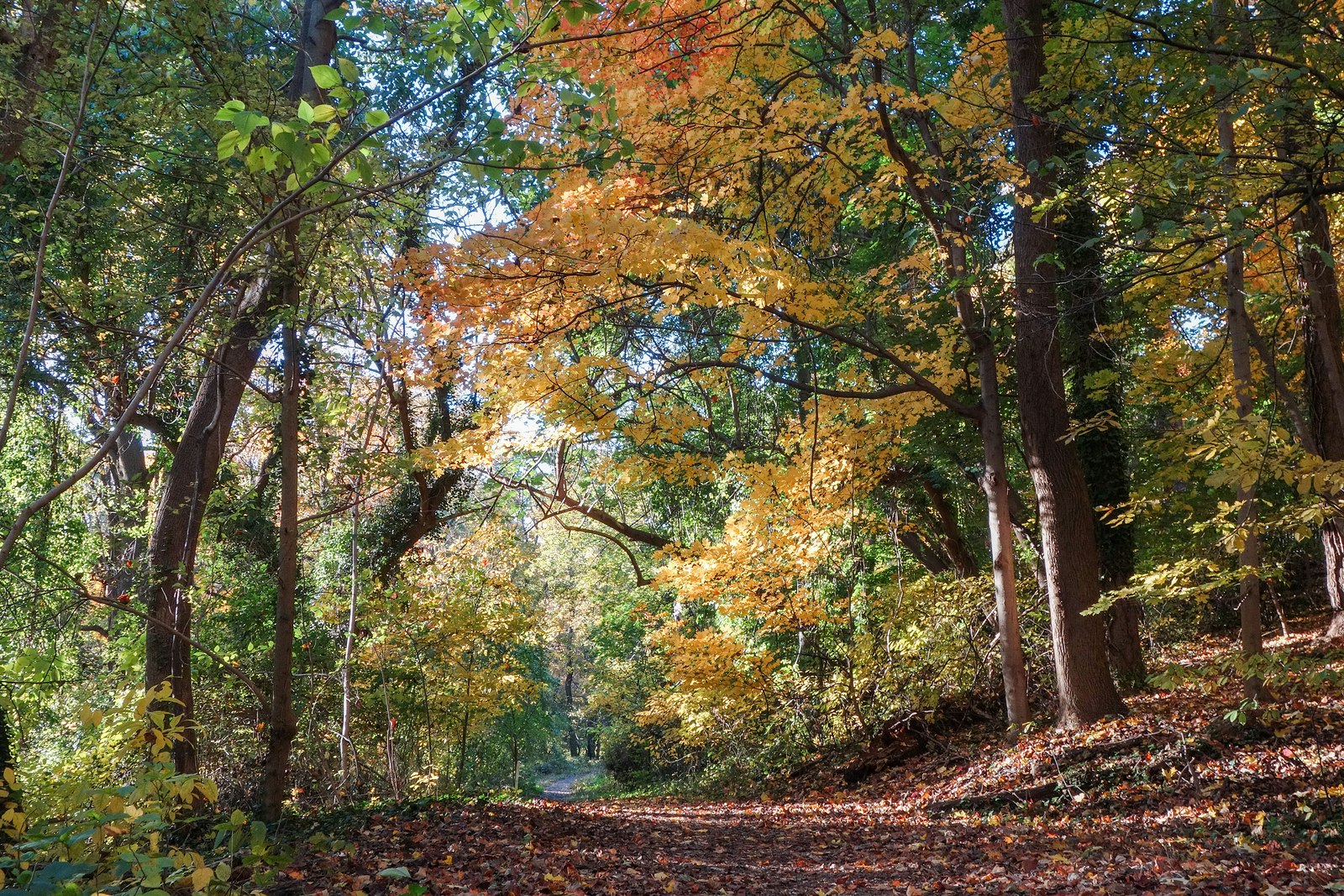
.
.
Encompassing nearly 3,000 acres of lush greenery in Washington, D.C., Rock Creek Park is the country’s third oldest national park. Today, its forests not only provide a cool retreat within the city but also play a critical role in climate resilience, benefiting over a million people in the region.
“It’s where I go to feel better about the world around us,” says Jeanne Braha, executive director of Rock Creek Conservancy.
At first glance, the forest appears healthy — green and lush. However, beneath its vibrant exterior, the forest faces significant stress, jeopardizing its overall ecological health and the wellbeing it offers park visitors and the community. Braha predicts that “if we don’t do something about the state of the forest in Rock Creek, we will not have a forest in 20 or 30 years.”

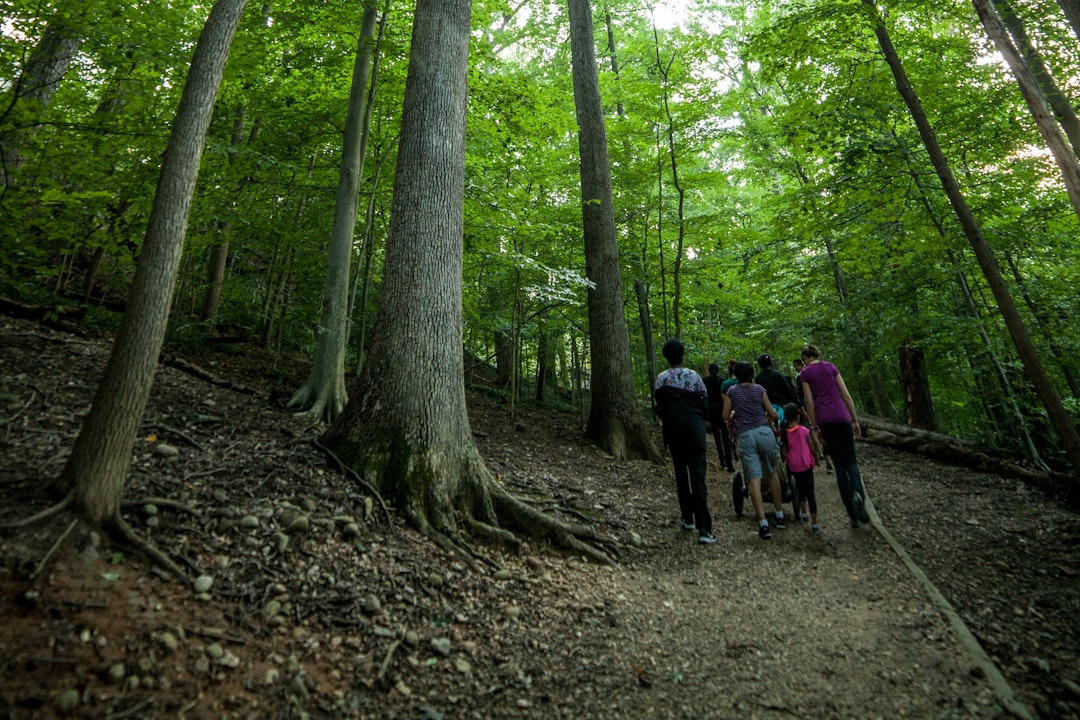
To secure the future existence of Rock Creek’s native forest, Rock Creek Conservancy, the park’s official philanthropic partner, received funding from the National Park Foundation’s (NPF) 2022 Capacity Building program to hire Ashley Triplett as the Conservancy’s senior forest resilience manager. Triplett has spent this year facilitating the development of a forest resilience framework in close partnership with park staff and with support and input from park visitors, community members, and subject matter experts.
Working hand in glove with the National Park Service (NPS), the Conservancy began work on the forest resilience framework after hearing from NPS that this was something of interest. According to Triplett, “it was clear that [NPS] had all the pieces of the puzzle that we needed to put together and do this.” The ability to bring Triplett on as a project manager gave the park a capacity boost without interrupting their operations.
Challenges to Forest Resilience
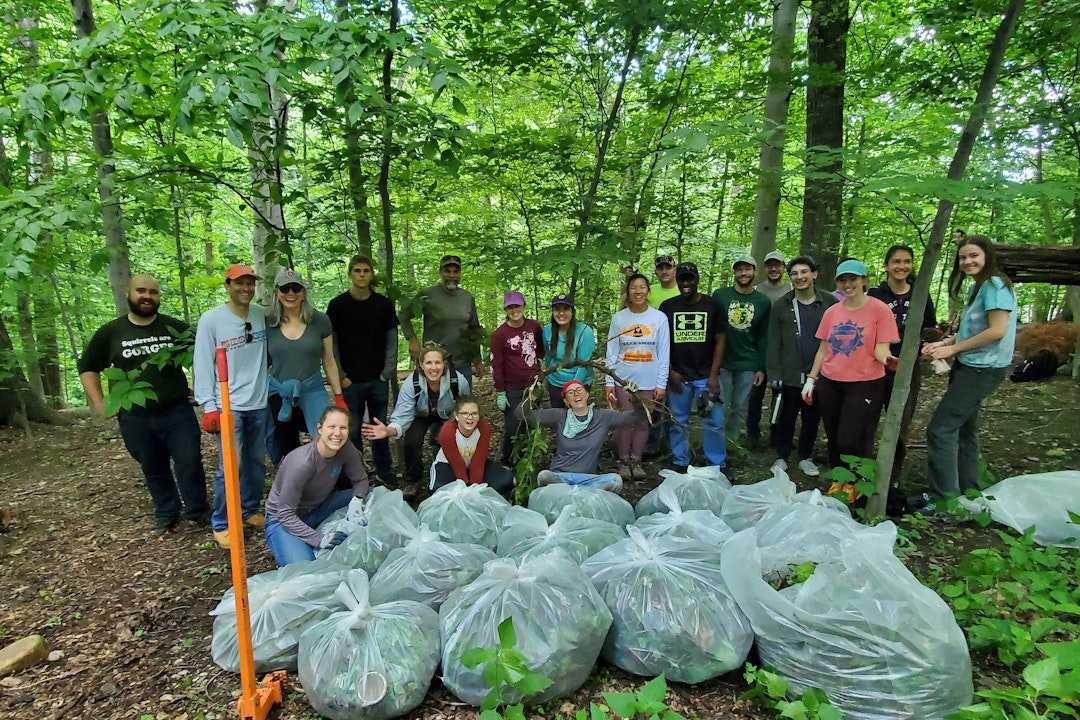
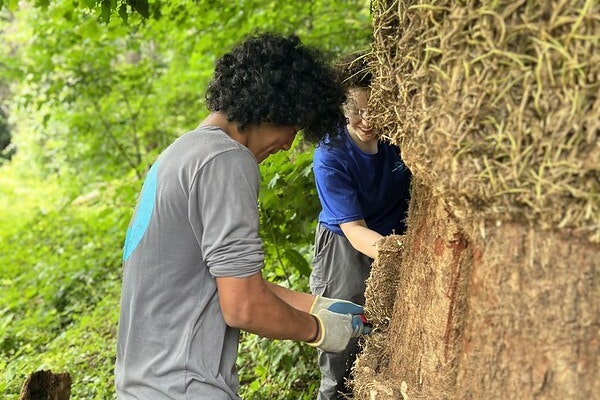
The framework process has highlighted several challenges facing the urban forest of Rock Creek Park. Among them, the lack of native tree regeneration is the primary concern. This phenomenon refers to the inability of seedlings and saplings beneath the canopy to grow into mature trees. A lack of regeneration in the park can be primarily attributed to burgeoning deer populations, invasive species, and climate change.
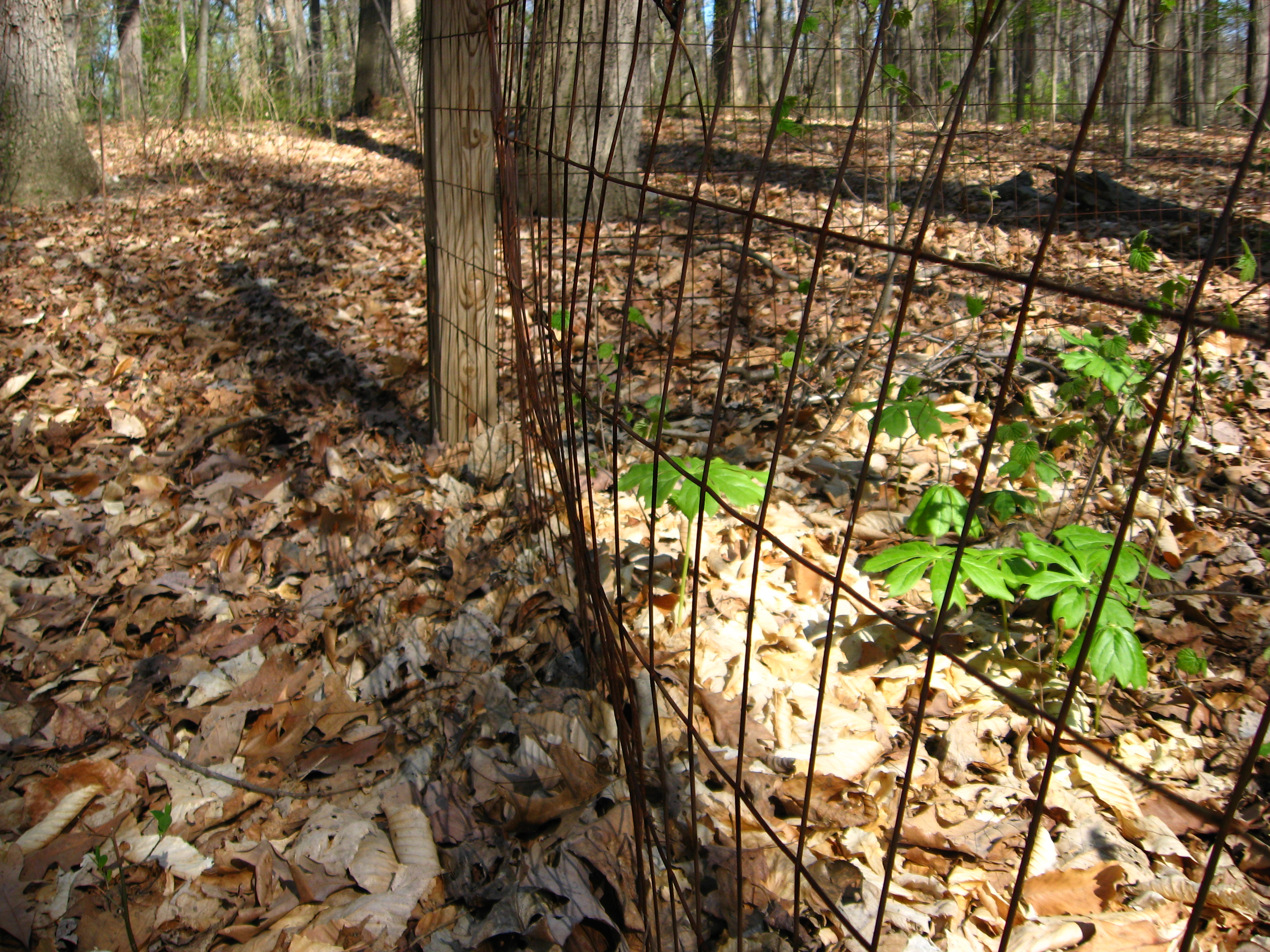
Deer Population Management – Addressing the overpopulation of deer is crucial for fostering native tree regeneration. In the past two decades, “deer have consumed tree and shrub seedlings leading to a decline in new trees within the forest,” says acting Rock Creek Park superintendent Brian Joyner. By implementing effective deer management strategies, Rock Creek can safeguard its trees and other plant species, thereby minimizing opportunities for invasives to dominate the ecosystem.
Combatting Invasive Species – Invasive plants pose a significant threat to Rock Creek’s biodiversity and overall forest health. These plants outcompete native species, reducing the structural diversity of the forests. This not only jeopardizes wildlife habitat but also weakens the forest’s resilience against the impacts of climate change.
Climate Change and Extreme Weather Events – Rock Creek Park faces the challenges of climate change, with rising temperatures and extreme precipitation events altering its ecosystem. As extreme heat waves become more frequent, “May is going to feel like July in the future of D.C” says Braha. Additionally, irregular weather events could exacerbate flooding, streambank destabilization, and forest floor erosion, demanding comprehensive forest management conservation strategies.
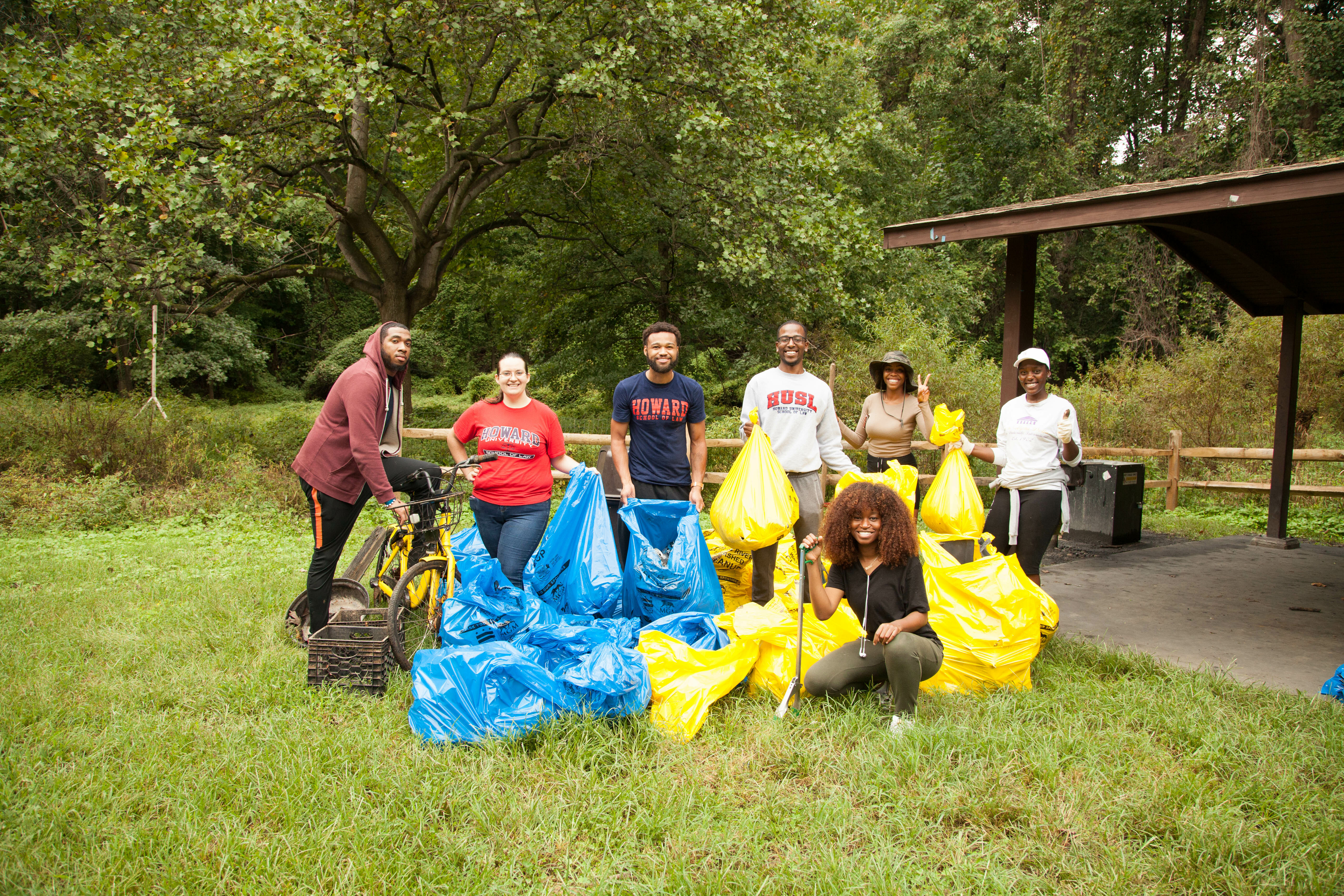
The forest resilience plan will emphasize the importance of community engagement and increased equity. The Conservancy has already created six mini oases (demonstration restoration sites) within Rock Creek that “allow volunteers to really get to know sections of the park and build community in their local areas,” says Braha. By mobilizing volunteers as part of its people-powered restoration program, the Conservancy has witnessed positive impacts in reducing stressors such as invasive species. These volunteer events not only aid invasive species management but also foster a sense of community ownership and responsibility for the park’s well-being.
The framework provides a map of the immediate and future needs of Rock Creek’s forests. It has already been used to secure funding for the park through the Inflation Reduction Act. Continuing to attract private philanthropy from organizations such as NPF will provide essential financial support for ongoing conservation efforts. Furthermore, engaging the public through people-powered restoration programs and recreational activities will allow Rock Creek Park to continue to stand as a beloved and resilient urban park for generations to come.
Related Programs
-
 Strong Parks, Strong Communities
Strong Parks, Strong Communities

